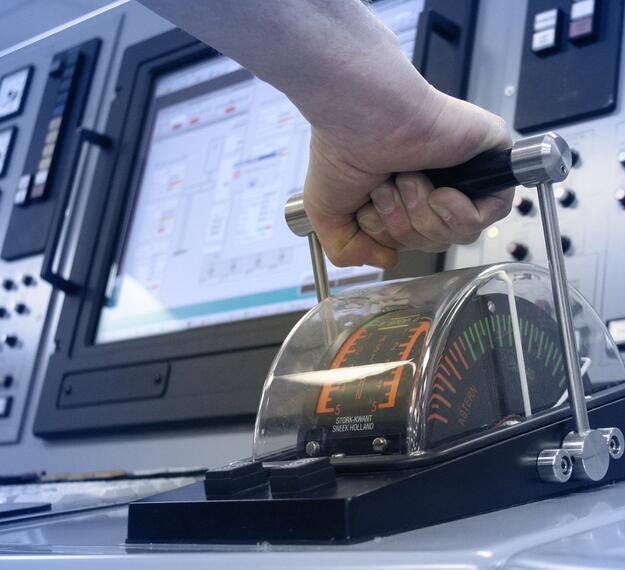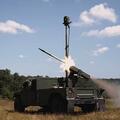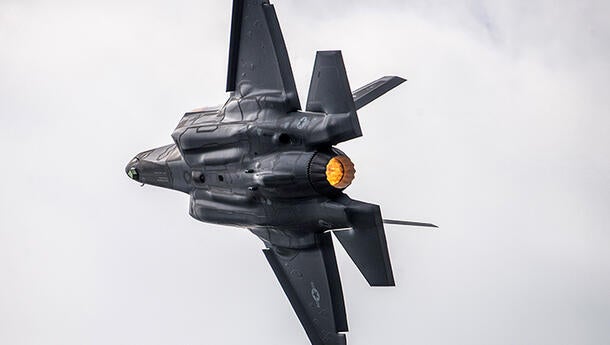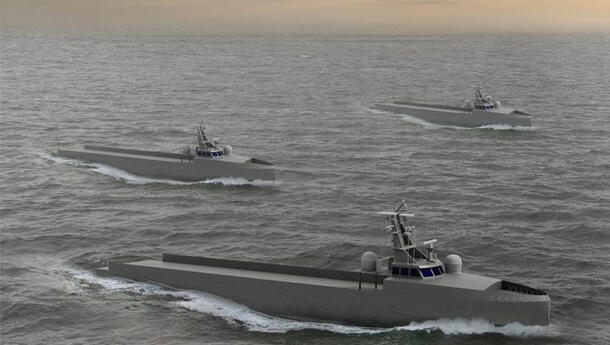Overview
Operational tempo and budgetary constraints make it difficult to send personnel away for training courses, refreshers or re-qualification. Incorporating training sessions on board a fully operational vessel, without disrupting its mission and manning, can be an excellent approach to the training dilemma. Our comprehensive On-Board Training System (OBTS) makes this a reality.
The L3Harris OBTS enables training of crew members aboard their vessels, using the same IPMS control consoles and interface that they use in the day-to-day operation of their ships. Training sessions can be conducted without additional training components aboard the vessel. Personnel can train during quiet periods and still maintain a state of readiness with respect to their primary duties. This innovative approach ensures a high standard of training and qualification, and a significant reduction in operational costs because personnel remain active members of the crew even while training.











